Home>Dining>Table Decor>How Should I Set The Table Up Buffet Style?


Table Decor
How Should I Set The Table Up Buffet Style?
Modified: September 2, 2024
Learn how to set up a table in buffet style with our expert tips and ideas for table decor. Create a stunning display for your next event using our table-decor inspirations.
(Many of the links in this article redirect to a specific reviewed product. Your purchase of these products through affiliate links helps to generate commission for Storables.com, at no extra cost. Learn more)
Introduction
Welcome to the world of buffet-style dining! Whether you’re hosting a casual gathering, a family reunion, or a special event, setting up the table in a buffet style can be a convenient and efficient way to serve your guests. But how do you ensure that your buffet table is not only functional but also visually appealing? In this article, we will guide you through the process of setting up a buffet table, from choosing the right location to organizing the food and managing the buffet line.
A well-organized buffet not only makes it easy for your guests to serve themselves but also creates an inviting atmosphere. By strategically arranging the table, choosing the right table linens and decorations, as well as implementing a few extra tips and considerations, you can elevate your buffet table from ordinary to extraordinary.
Whether you’re hosting an intimate gathering or a large-scale event, the principles of setting up a buffet table remain the same. So let’s dive in and discover how you can set up your table in a buffet style that will impress your guests and make your event a memorable one.
Key Takeaways:
- Elevate your buffet table from ordinary to extraordinary by strategically arranging the layout, choosing the right linens, and providing a variety of food and drink options to impress and delight your guests.
- Ensure a seamless and enjoyable dining experience by managing the buffet line, considering dietary restrictions, and practicing food safety, while adding personal touches and seeking feedback for future improvements.
Choosing the Right Location
When setting up a buffet table, it’s essential to choose the right location within your event space. Consider the flow of foot traffic and ensure that the table is easily accessible to your guests. Here are a few things to keep in mind:
- Space: Make sure you have enough space to set up the buffet table along with ample room for guests to move freely. Avoid congested areas or placing the table in a spot that blocks the flow of people.
- Convenience: Place the buffet table near the dining area or seating area to allow guests to easily access their food and return to their seats without interrupting the conversation or activities.
- Lighting: Opt for a well-lit area, either using natural light or adequate lighting fixtures, to ensure that guests can see and appreciate the food options available.
- Aesthetic Appeal: Consider the overall ambiance and décor of your event space. Choose a location that complements the theme or style of your event to create a cohesive and visually pleasing atmosphere.
By carefully choosing the right location for your buffet table, you can ensure a smooth flow of guests and create an inviting space for them to enjoy their meal.
Setting up the Buffet Table
Now that you have chosen the perfect location for your buffet table, it’s time to set it up in an organized and visually appealing manner. Follow these steps to create a functional and attractive buffet setup:
- Table Placement: Start by placing a sturdy and stable table as the base for your buffet. Ensure that it is level and can accommodate all the dishes and utensils you plan to display.
- Elevate the Back: To create depth and visual interest, consider using risers or stacked boxes covered with tablecloths to elevate the back of the buffet table. This will allow the dishes to be displayed at different levels, making it easier for guests to see all the food options available.
- Table Linens: Cover the entire buffet table with a clean and wrinkle-free tablecloth that complements the theme or color scheme of your event. Use table runners or additional tablecloths to add texture and create visual separation between different food sections.
- Centerpiece: Place a decorative centerpiece or floral arrangement in the middle of the buffet table to add a touch of elegance and create a focal point. However, make sure it is not too tall or obstructive and doesn’t interfere with the display of food.
- Food Placement: Strategically place the main dishes and entrées towards the beginning of the buffet table to grab guests’ attention right away. Continue with the side dishes, salads, and condiments, followed by beverages and desserts at the end.
- Labels and Signs: Use small labeled cards or signs to indicate what each dish is. This helps guests identify what they are interested in and prevents any confusion or mix-up.
- Decorative Accents: Add some decorative accents, such as fresh herbs, edible flowers, or colorful garnishes, to enhance the presentation of the dishes. This adds a delightful touch and visually enhances the overall buffet table.
Remember to step back and assess the overall aesthetics of the buffet table. Ensure that the layout is balanced, visually appealing, and easily accessible for guests to serve themselves efficiently.
Table Linens and Decorations
Table linens and decorations play a crucial role in creating a visually appealing buffet table. They not only enhance the overall aesthetic but also add a touch of elegance and cohesiveness to your event. Here are some tips to consider when selecting table linens and decorations for your buffet table:
- Tablecloth: Choose a tablecloth that complements the theme, color scheme, or overall ambiance of your event. Opt for a high-quality fabric that is not only visually appealing but also durable and easy to clean. Consider using a table runner or overlay to add extra texture and visual interest.
- Color Palette: Select a color palette that harmonizes with the rest of the event decor and tableware. You can choose to go with classic white for a timeless and elegant look, or experiment with vibrant colors for a more festive and lively buffet setup.
- Coordinated Napkins: Use cloth napkins that coordinate with the tablecloth or the color scheme of your event. Fold them neatly and place them in a decorative napkin holder or simply lay them next to each plate for easy access. Consider adding personalized napkin rings or tying them with a ribbon for an extra touch of sophistication.
- Centerpiece: Select a centerpiece that complements the style and theme of your event. It could be a floral arrangement, a collection of candles, or a striking piece of artwork. Ensure that it is not too tall or obstructive to allow clear visibility of the food items.
- Decorative Accents: Sprinkle the buffet table with small decorative accents that complement the overall theme. Use items such as confetti, themed cutouts, or small figurines that relate to the occasion. These accents add a whimsical touch and create a cohesive look.
- Lighting: Consider using ambient lighting or special lighting effects to enhance the visual appeal of your buffet table. Soft, warm lighting can create an inviting atmosphere, while spotlights can highlight specific areas or dishes you want to draw attention to.
- Personal Touches: Add personal touches to the table linens and decorations to make your buffet setup unique. This could include monogrammed napkins, custom place cards, or even photos of the guests of honor.
Remember, the key is to strike a balance between functionality and aesthetics. Your table linens and decorations should not hinder the guests’ ability to serve themselves, but rather enhance the overall dining experience.
Plates, Cups, and Utensils
When it comes to a buffet setup, providing the right plates, cups, and utensils is essential to ensure that your guests can enjoy their food comfortably. Here are some key considerations when selecting and arranging these items:
- Plates: Choose sturdy and appropriately sized plates that can comfortably hold the various dishes being served. Consider providing a mix of small and large plates to accommodate different portion sizes. If you’re aiming for an eco-friendly event, opt for reusable or biodegradable plates.
- Cups and Glassware: Provide an assortment of cups and glassware for beverages, including water, soft drinks, and alcoholic beverages if applicable. Make sure to have enough cups on hand to avoid guests having to wait or use disposable cups. Offer a mix of regular and stemware glasses to cater to different drink preferences.
- Utensils: Place an ample supply of utensils such as forks, knives, and spoons in easily accessible containers or utensil holders. Consider using clear, separate containers for each type of utensil to keep them organized and avoid confusion. Add a separate container for serving spoons or tongs for guests to use when serving themselves.
- Napkins: Place napkins next to the utensils for guests to easily grab as they serve themselves. Provide a sufficient number of napkins to ensure that guests have enough for their meal and any potential spills. Consider using cloth napkins for an eco-friendly touch or high-quality disposable napkins for convenience.
- Placement: Position the plates, cups, and utensils at the beginning or end of the buffet table for easy access. Arrange them in a logical order, such as plates first, followed by utensils and then cups. Alternatively, you can place them at separate stations to prevent congestion around the food area.
- Extras: Consider providing additional extras like salt and pepper shakers, condiment containers, and extra napkins at designated stations throughout the buffet table. This allows guests to personalize their meals and ensures that everyone can find what they need without having to search for it.
By thoughtfully selecting and arranging plates, cups, and utensils, you’ll ensure that your guests have a pleasant dining experience and can fully enjoy the delicious spread you have prepared.
When setting up a buffet, place the plates at the beginning of the line, followed by the main dishes, sides, and finally utensils and napkins at the end to ensure a smooth flow for guests.
Read more: How To Set Up A Buffet Table
Food Placement and Organization
The placement and organization of food on your buffet table can have a significant impact on the flow of your event and the overall dining experience for your guests. Follow these tips to ensure that the food is displayed in an organized and visually appealing manner:
- Flow of the Table: Create a logical flow to your buffet table by arranging the food items in a sequence that makes sense. Start with appetizers or salads, followed by main courses, side dishes, condiments, and finally, desserts and beverages.
- Group Similar Items: Categorize the dishes to make it easier for guests to identify their options. Group similar items together, such as placing all pasta dishes in one area and all grilled items in another. This helps guests navigate the buffet line more efficiently.
- Labeling: Use small signs or labels to identify each dish. This not only helps guests determine what is being served but also avoids potential confusion, especially for individuals with dietary restrictions or food allergies.
- Height and Depth: Create visual interest by using risers or different-sized serveware to vary the height and depth of the food displays. This adds dimension to the buffet table and makes it easier for guests to see all the available options without leaning over or blocking the line.
- Garnishes: Sprinkle fresh herbs or decorative garnishes on top of dishes to enhance their visual appeal. These small touches can make a big difference in creating an appetizing display and adding a pop of color to the table.
- Keep Hot Foods Hot: Use chafing dishes, warming trays, or hot plates to keep hot foods at a safe and enjoyable temperature. Pay attention to food safety guidelines and regularly monitor the temperature of the dishes to ensure that they stay warm throughout the event.
- Keep Cold Foods Cold: Provide ample ice or chilled bowls to keep perishable items, such as salads or seafood, chilled and fresh. Consider using decorative bowls or trays filled with ice to present these items in an appealing way while ensuring food safety.
- Refill Strategy: Keep a close eye on the buffet table throughout the event and replenish any empty or low dishes promptly. It’s important to maintain a neat and well-stocked display so that guests have a wide variety of choices throughout the event.
- Display Freshness: Ensure that the food is presented in a way that highlights its freshness. Avoid overcrowding the platters and arrange smaller portions at a time to maintain an appetizing and vibrant appearance.
By strategically placing and organizing the food on your buffet table, you’ll create an inviting and easy-to-navigate dining experience for your guests, allowing them to savor the delicious offerings at their own pace.
Beverage Station
A well-equipped beverage station is a vital component of any buffet setup, providing your guests with refreshing drink options throughout the event. Here are some tips to create an efficient and appealing beverage station:
- Placement: Set up a separate area or station for beverages to avoid congestion at the food table. Ensure that it is easily accessible and conveniently located for guests to help themselves without causing any interruptions.
- Drink Selection: Offer a variety of beverage options to cater to different preferences and dietary needs. Include non-alcoholic choices such as water, soft drinks, and fruit juices, as well as alcoholic options like beer and wine if applicable.
- Dispensing Method: Depending on the number of guests and the type of drinks you are serving, choose the appropriate dispensing method. Consider using beverage dispensers, pitchers, or self-serve coolers. Providing different options for serving will help accommodate the flow of guests and prevent any bottlenecks.
- Ice and Chillers: Ensure you have ample ice available for guests to use in their beverages. Use ice buckets, coolers, or ice machines to keep the drinks chilled throughout the event. Make sure to monitor and refill the ice as needed to maintain a refreshing and enjoyable drinking experience.
- Garnishes and Extras: Offer garnishes such as lemon wedges, lime slices, or fresh herbs that guests can add to their beverages for an extra burst of flavor. Provide accompaniments like cocktail stirrers, drink umbrellas, or sugar cubes for those who want to personalize their drinks.
- Glassware and Cups: Provide a variety of glassware and cups to accommodate different drink choices. Use clear signage or labels to indicate which type of glassware is appropriate for each beverage. Make sure to have an ample supply of clean glasses and cups readily available for guests to use.
- Condiments and Sweeteners: Set up a separate section for condiments and sweeteners like sugar, honey, creamer, and stirrers. Arrange them in an organized and easily accessible manner to avoid spills or confusion.
- Waste Management: Place designated bins or containers for guests to easily dispose of empty cups, cans, or bottles. Ensure that these bins are clearly labeled and located in a convenient spot near the beverage station to encourage proper disposal.
- Bar Service or Assistance: Depending on the size of your event, consider having a designated bartender or staff member to assist with serving drinks, answering questions, and maintaining the beverage station. This ensures efficient service and enhances the overall guest experience.
By creating a well-organized and inviting beverage station, you’ll provide your guests with a variety of drink options to complement their meals and keep them hydrated and satisfied throughout the event.
Managing the Buffet Line
Efficiently managing the buffet line is key to ensuring a smooth and enjoyable dining experience for your guests. Here are some tips to help you effectively manage the flow of the buffet line:
- Clearly Marked Start and End Points: Place clear signage or indicators at the beginning and end of the buffet line to guide guests in the right direction. This helps prevent any confusion and keeps the line organized.
- Single or Dual Sided Setup: Depending on the number of guests and available space, consider arranging the buffet table with either a single or dual-sided setup. A single-sided setup allows guests to move in one direction, while a dual-sided setup allows for faster movement and reduces the wait time.
- Divide Dishes: When there are multiple dishes of the same food item, divide them into smaller portions and place them at different points along the buffet table. This prevents congestion and helps maintain a consistent flow of guests.
- Controlled Serving Utensils: Use separate serving utensils for each dish to prevent cross-contamination. This ensures that guests can serve themselves without any concerns about allergies or dietary restrictions. Consider having staff members stationed at the buffet table to assist with serving and maintaining the cleanliness of utensils.
- Designated Servers: For more formal events or larger gatherings, you may consider having designated servers behind the buffet table. They can portion out the food items as guests move along the line, ensuring everyone receives an equal serving and reducing the risk of congestion.
- Encourage Efficiency: Display condiments, sauces, and garnishes at the end of the buffet line to avoid congestion. This allows guests to add these items to their plates after selecting their main dishes, ensuring a smoother flow of the buffet line.
- Staff Assistance: Have staff members available to guide guests through the buffet line, answer any questions, and ensure that everything is well-stocked and organized. They can also help manage the crowd, encourage proper spacing, and assist with any special requests or dietary inquiries.
- Consider Seating Assignments: If it’s a formal event or you have limited seating capacity, consider assigning specific seating arrangements to guests. This helps manage the flow of the buffet line by ensuring that guests can smoothly move from the buffet table to their designated seats.
- Regular Inspection and Refilling: Throughout the event, have staff regularly inspect the buffet table to ensure that all dishes are well-stocked and presented neatly. Refill empty platters promptly to avoid guests waiting or missing out on any food items.
By implementing these strategies, you can effectively manage the buffet line, reduce congestion, and ensure that all your guests have a positive and seamless dining experience.
Additional Tips and Considerations
While the main aspects of setting up a buffet table have been covered, here are some additional tips and considerations to help you create a successful and enjoyable buffet experience:
- Consider Dietary Restrictions: Take into account any known dietary restrictions or allergies of your guests when planning the menu. Label dishes accordingly and provide alternative options to accommodate their needs.
- Create a Well-Stocked Display: Ensure that you have enough food and beverage options to cater to the number of guests attending. It’s better to have slightly more than you think you need to avoid running out of popular items.
- Refresh and Replenish: Regularly refresh and replenish the buffet table throughout the event. Check on food temperatures, refill chafing dishes, and swap out empty platters to maintain the quality and freshness of the offerings.
- Practice Food Safety: Implement proper food safety measures, such as maintaining appropriate temperatures for hot and cold dishes, keeping utensils clean, regularly washing your hands, and monitoring the buffet table for potential cross-contamination.
- Consider Different Dietary Preferences: Offer a range of options to cater to different dietary preferences, such as vegetarian, vegan, or gluten-free dishes. This ensures that all guests can find something suitable and enjoy their meal.
- Be Mindful of Food Presentation: Pay attention to the presentation of the dishes. Keep them visually appealing, neatly arranged, and properly labeled. A well-presented buffet table enhances the overall dining experience.
- Encourage Guests to Start with Empty Plates: Request that guests start with a clean plate for each trip to the buffet table. This reduces potential contamination and ensures that everyone has a fresh start with their desired food choices.
- Provide Ample Seating: Make sure you have enough seating for your guests. Mix and match different seating options, including tables, chairs, and lounges, to create a comfortable and inviting dining environment.
- Offer a Variety of Flavors and Textures: Aim for a diverse selection of flavors, textures, and cooking styles to cater to different taste preferences. Include options that are savory, sweet, spicy, and refreshing to create a truly satisfying dining experience.
- Ask for Feedback: After the event, ask for feedback from your guests to learn about their experience and gather suggestions for improvement. This valuable feedback can help you refine your buffet setup for future events.
By incorporating these additional tips and considerations into your buffet setup, you can ensure that your guests have a memorable and enjoyable dining experience that leaves a lasting impression.
Read more: How To Decorate Dining Room Buffet
Conclusion
Setting up a buffet table in a well-organized and visually appealing manner can elevate your event and provide a delightful dining experience for your guests. By considering factors such as the location, table linens and decorations, plates, cups, and utensils, food placement and organization, beverage station, and managing the buffet line, you can create a buffet that is both functional and visually pleasing.
Choosing the right location ensures that your buffet table is easily accessible and complements the flow of foot traffic. Thoughtfully selecting table linens and decorations adds a touch of elegance and cohesiveness to the overall setup.
Providing the right plates, cups, and utensils ensures that your guests can comfortably enjoy their meal. Strategically placing and organizing the food on the buffet table helps create a logical flow and makes it easier for guests to navigate the choices available.
Creating an efficient beverage station with a variety of drink options enhances the dining experience and keeps your guests refreshed. Managing the buffet line with clear indicators, organized serving utensils, and staff assistance ensures a smooth and orderly flow.
Additional tips such as considering dietary restrictions, practicing food safety, and offering a range of flavors and textures add an extra level of consideration and thoughtfulness to your buffet setup.
By following these guidelines and incorporating your own creativity and personal touch, you can create a buffet table that impresses your guests and makes your event memorable. Remember to regularly monitor and replenish the buffet, interact with your guests, and adapt as needed to ensure a seamless and enjoyable dining experience for all.
So go ahead, unleash your creativity, and set up a dream-worthy buffet table that will truly wow your guests!
Frequently Asked Questions about How Should I Set The Table Up Buffet Style?
Was this page helpful?
At Storables.com, we guarantee accurate and reliable information. Our content, validated by Expert Board Contributors, is crafted following stringent Editorial Policies. We're committed to providing you with well-researched, expert-backed insights for all your informational needs.
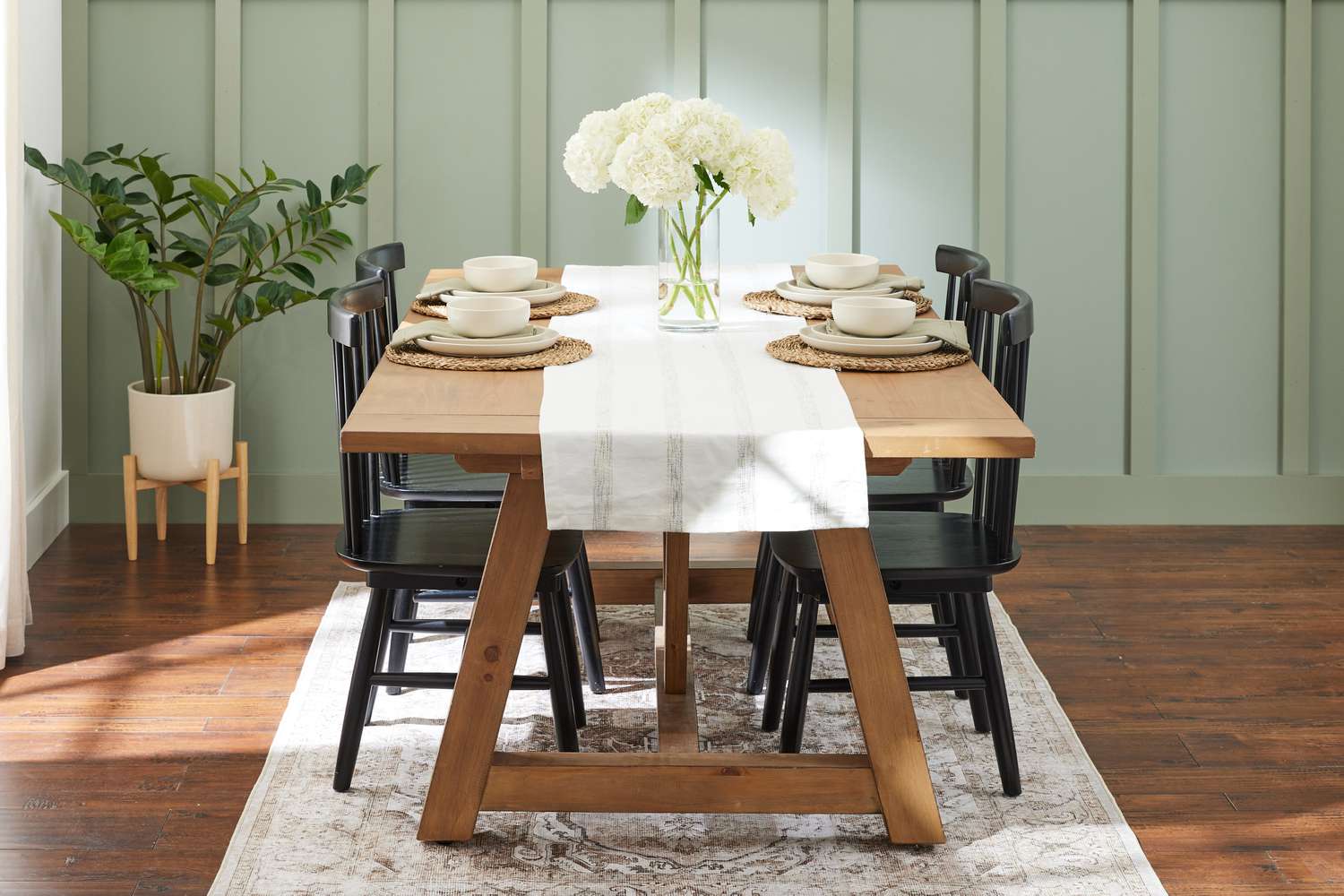
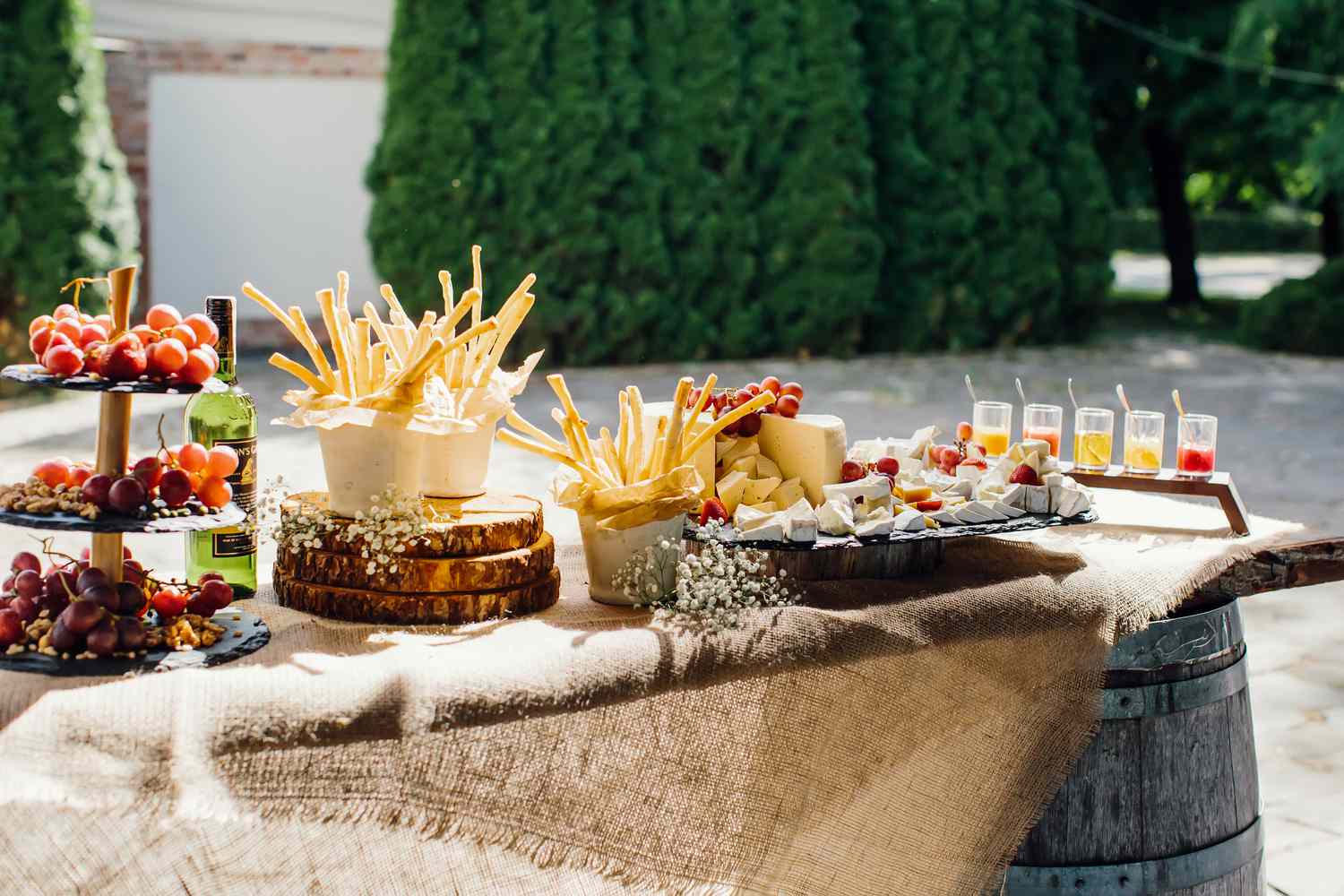
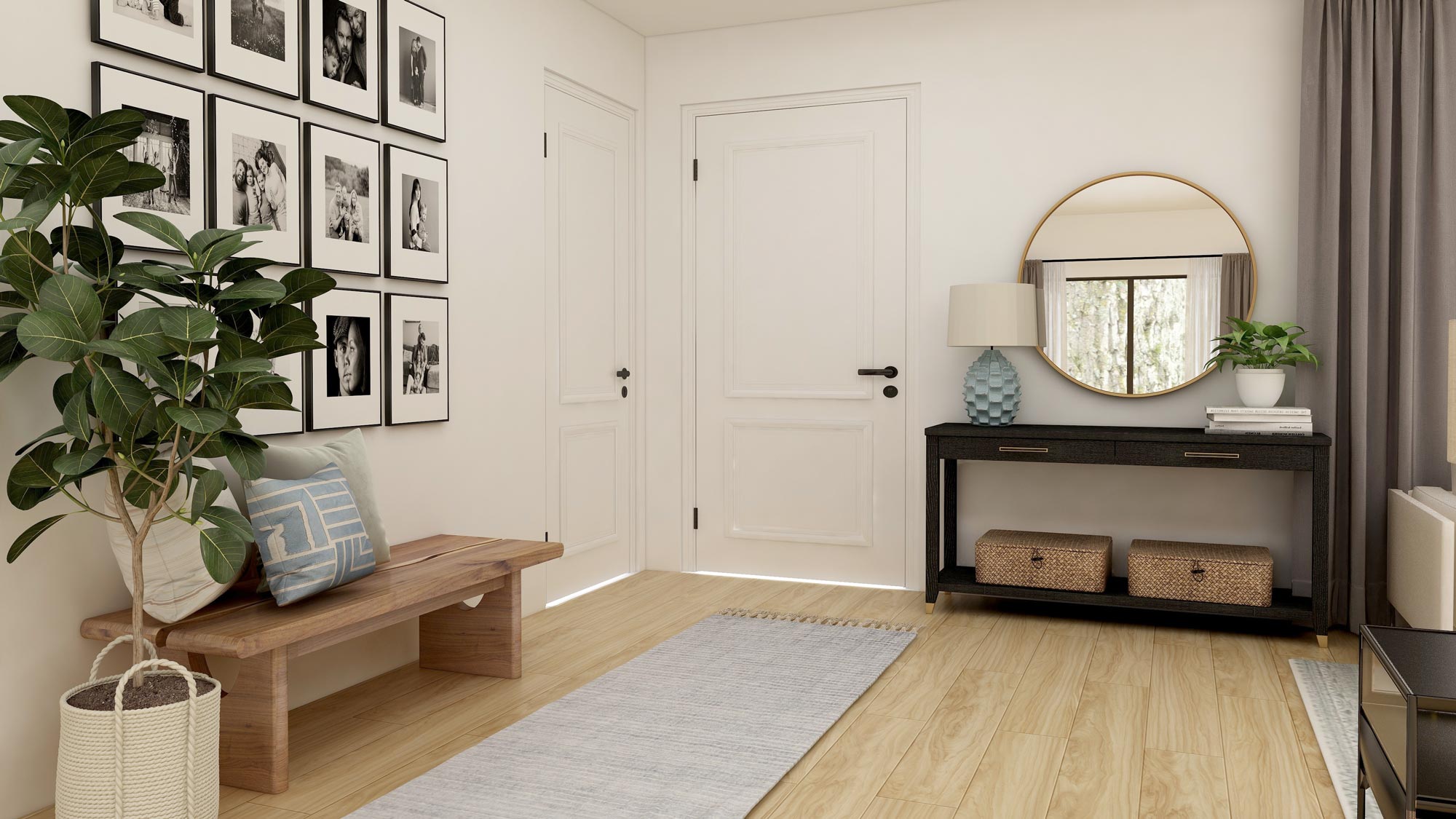
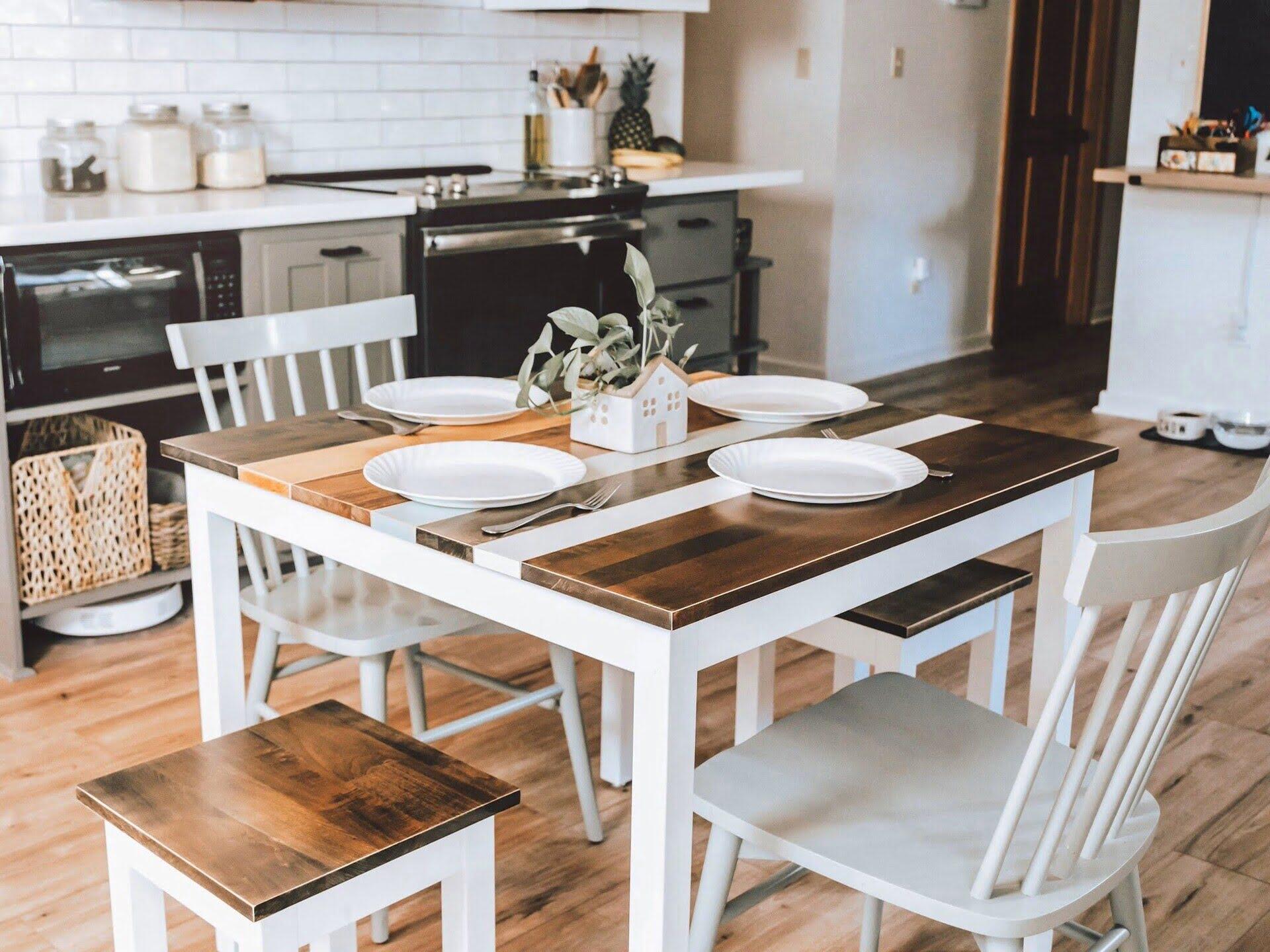
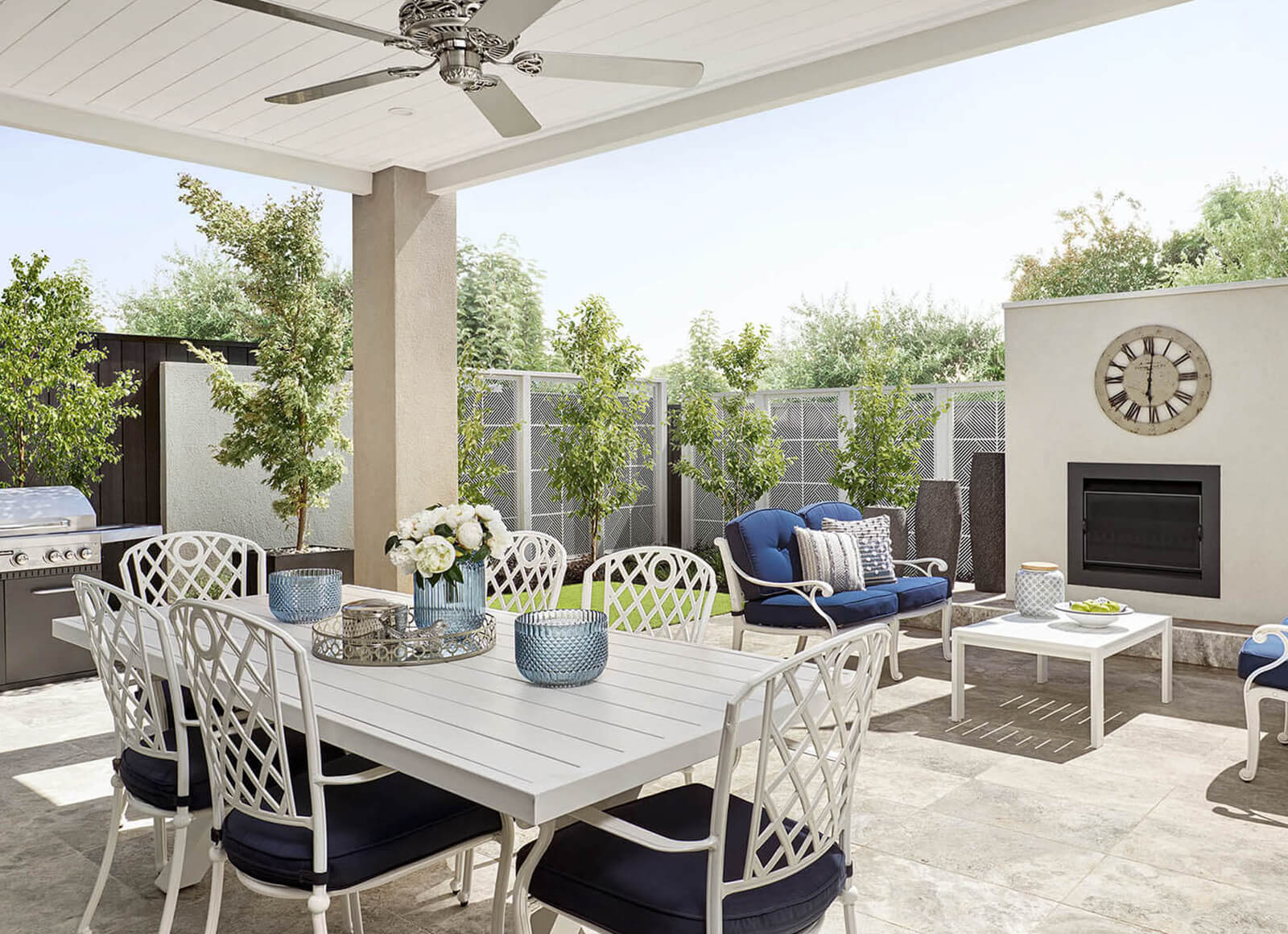
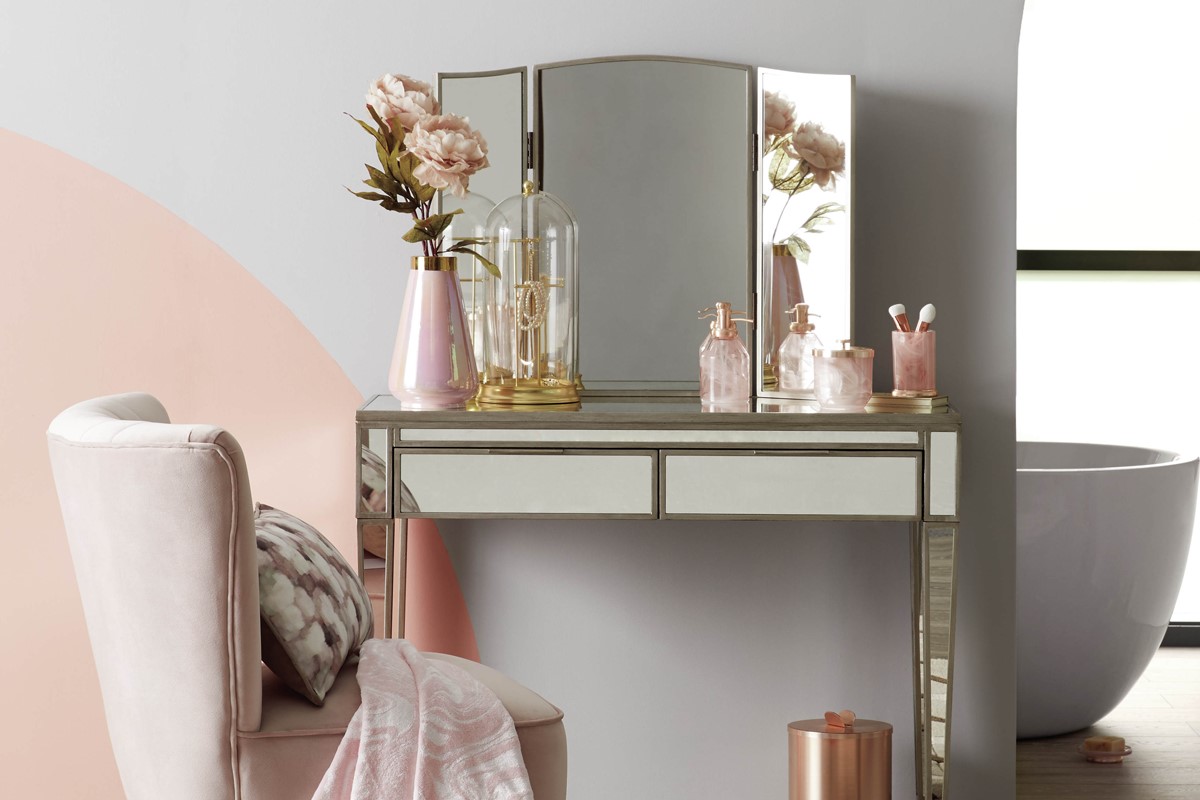
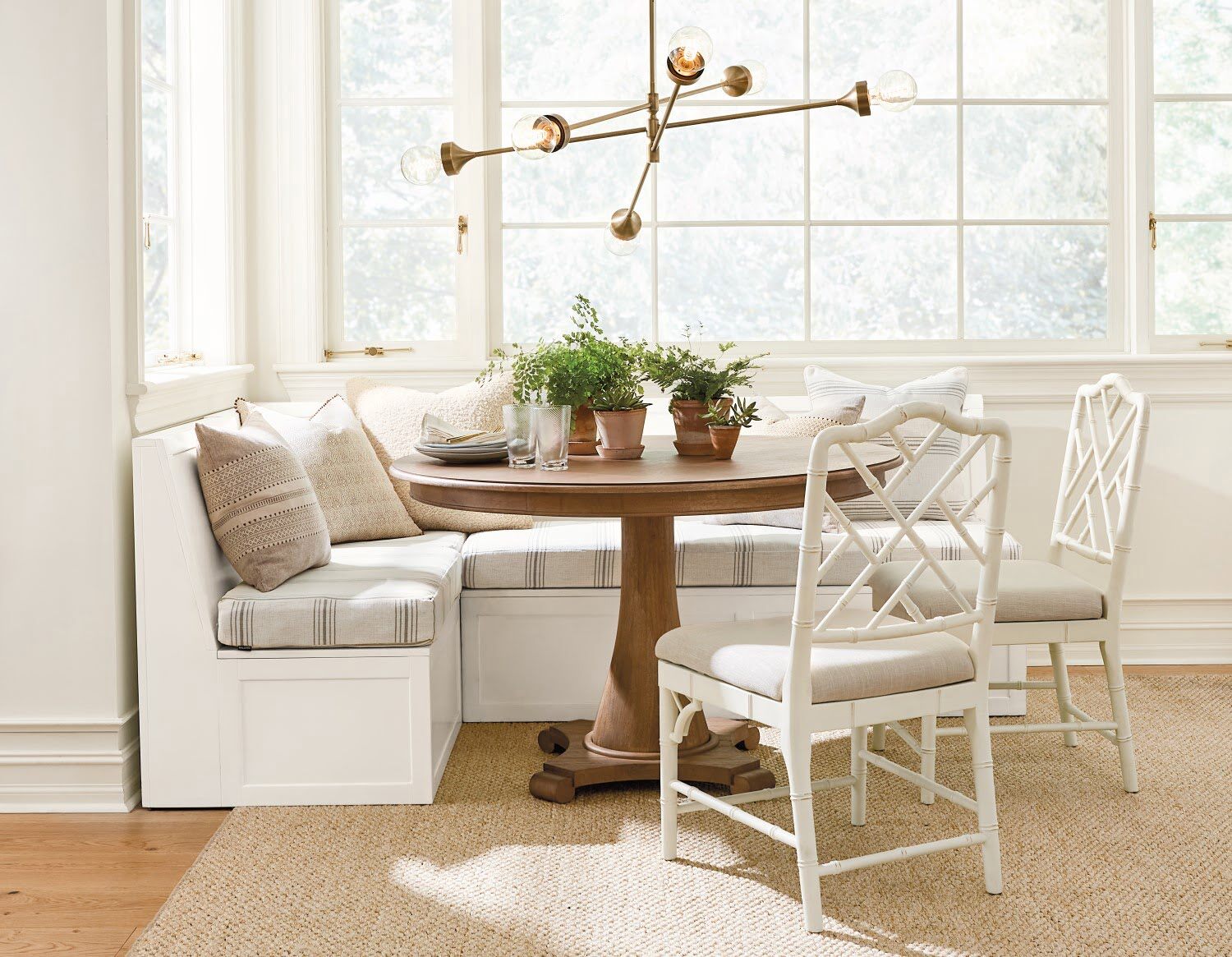
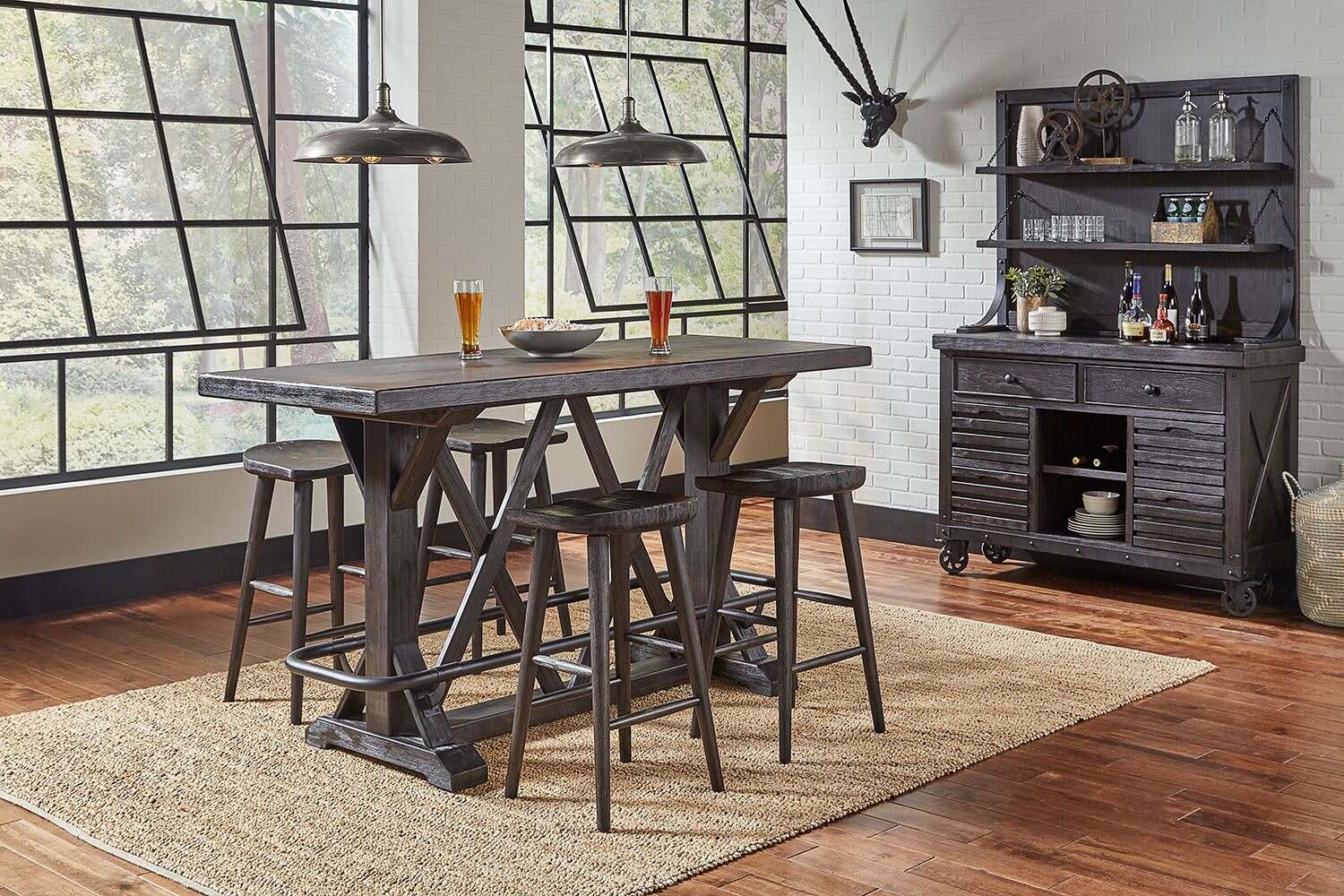
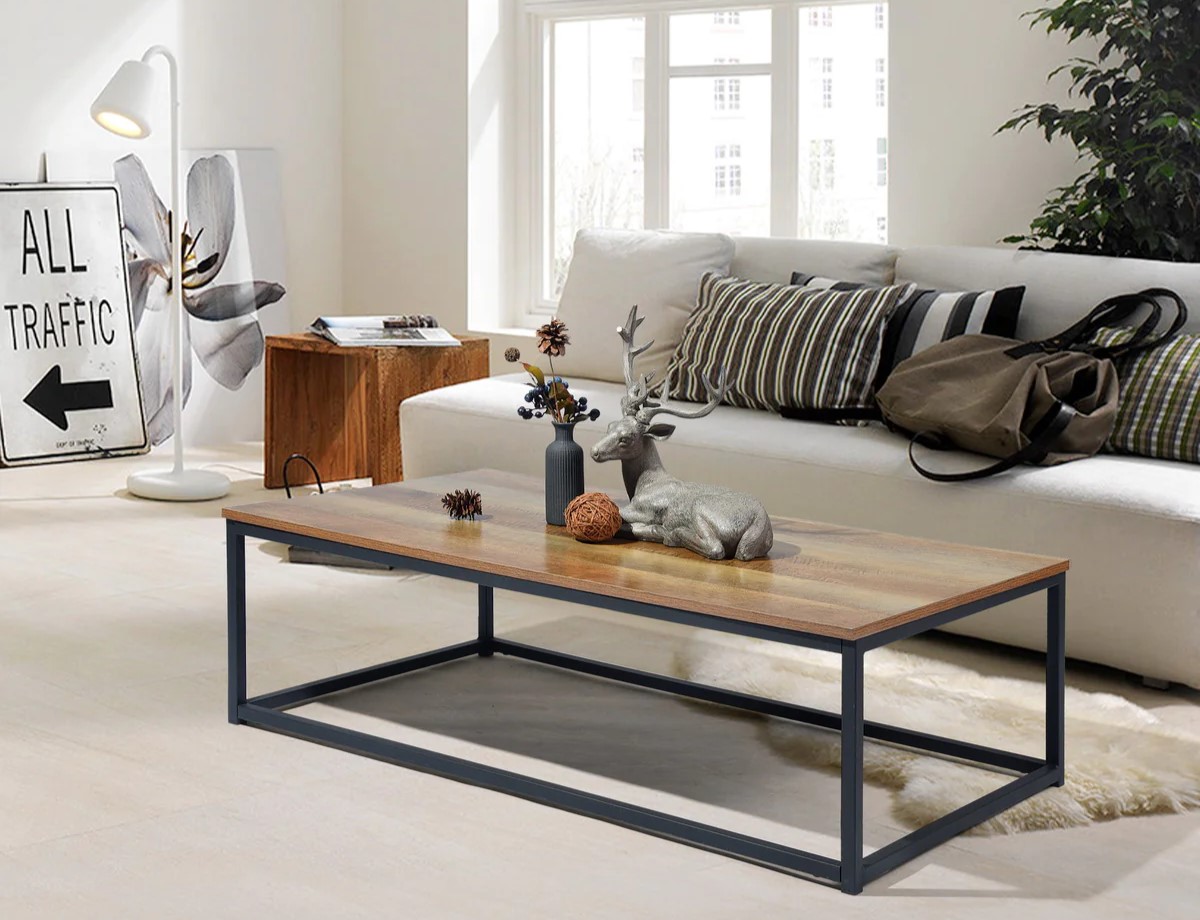
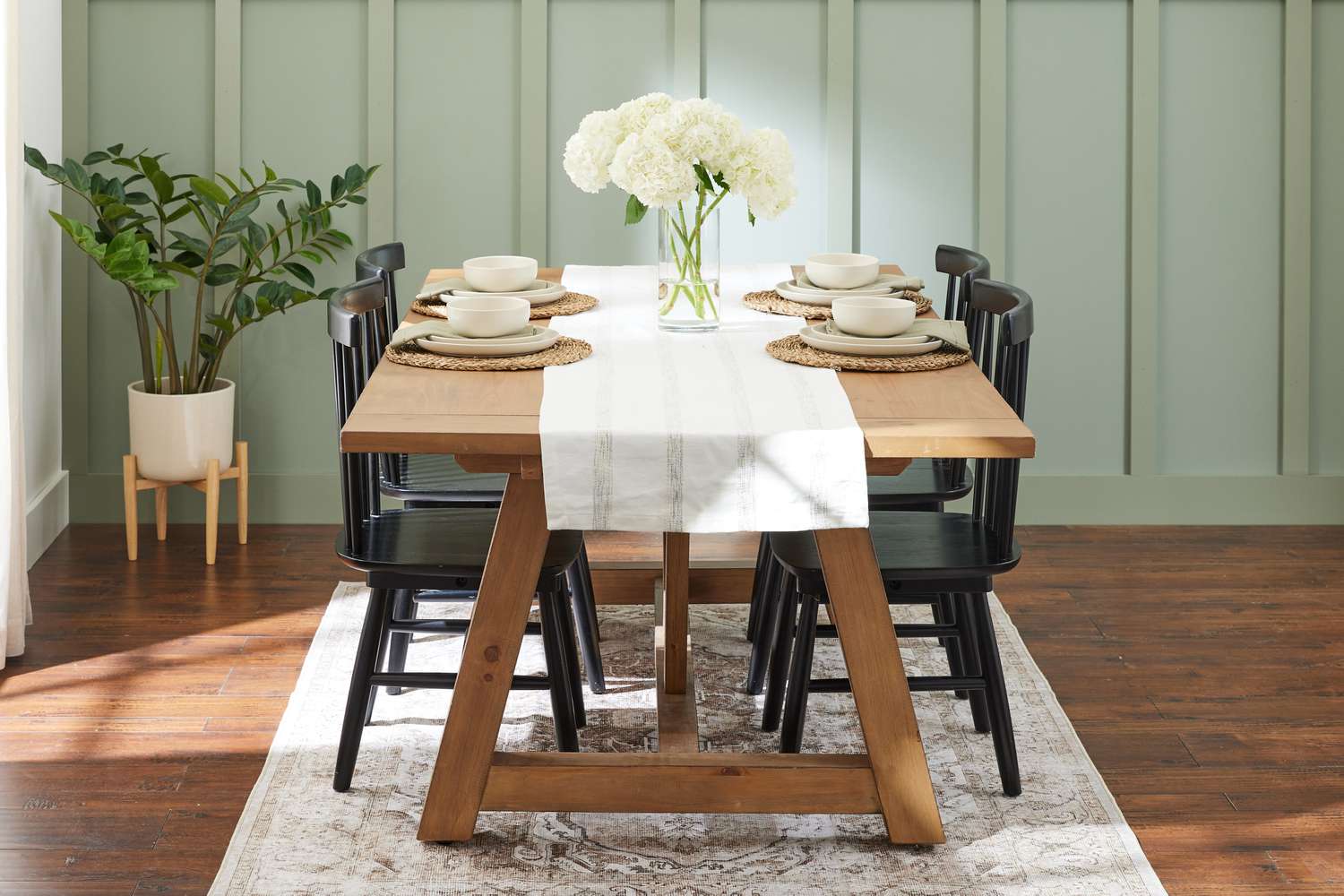
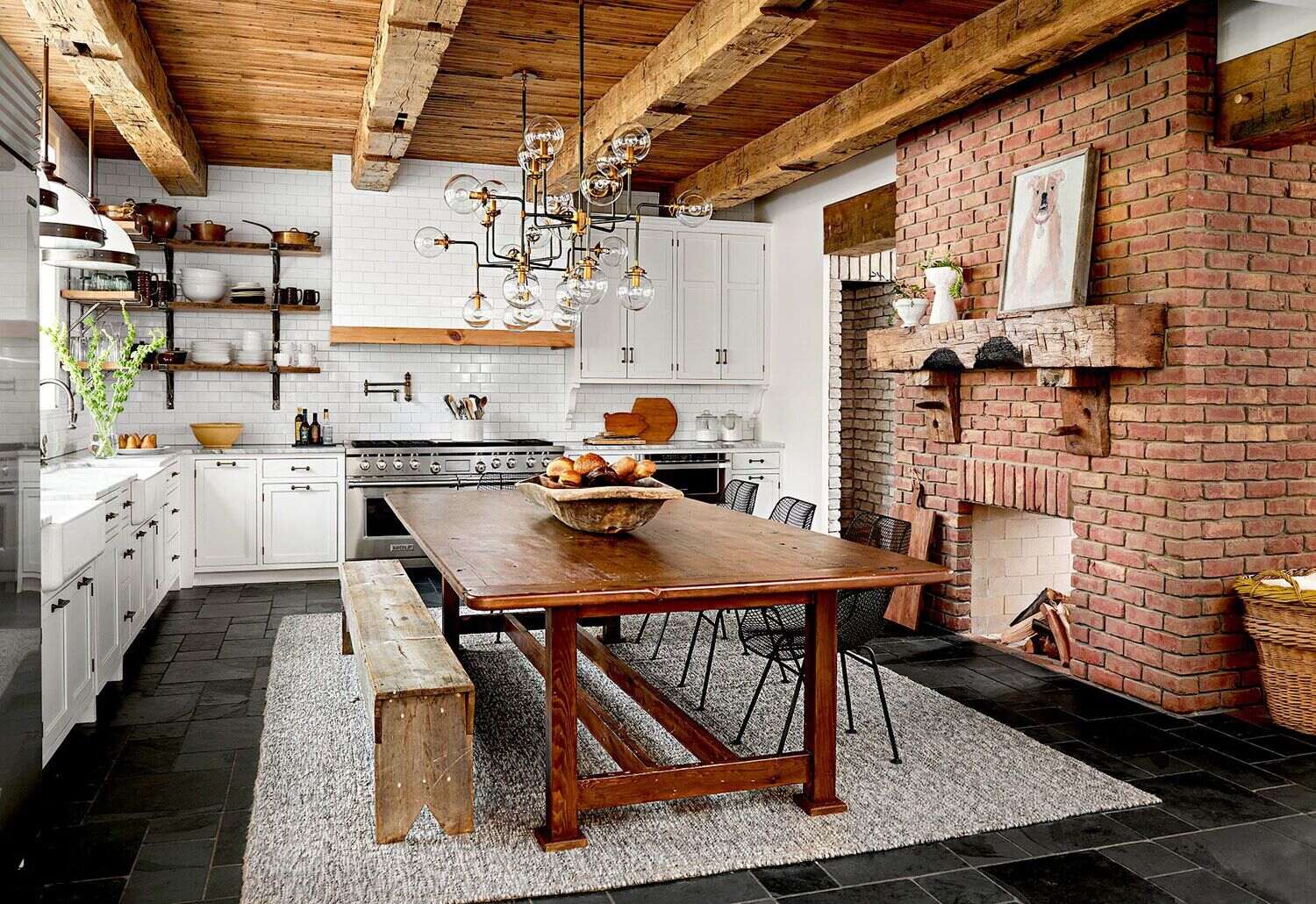
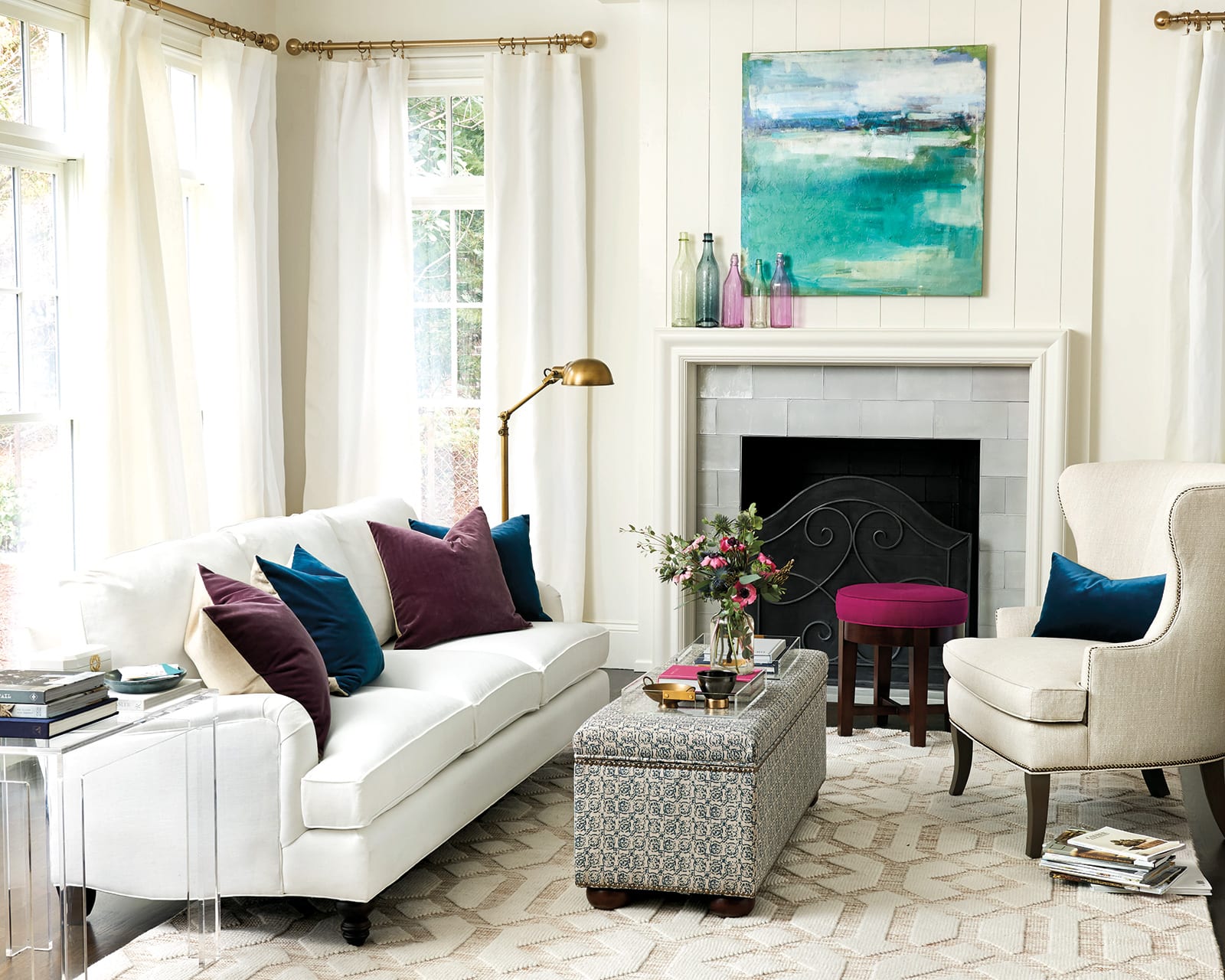
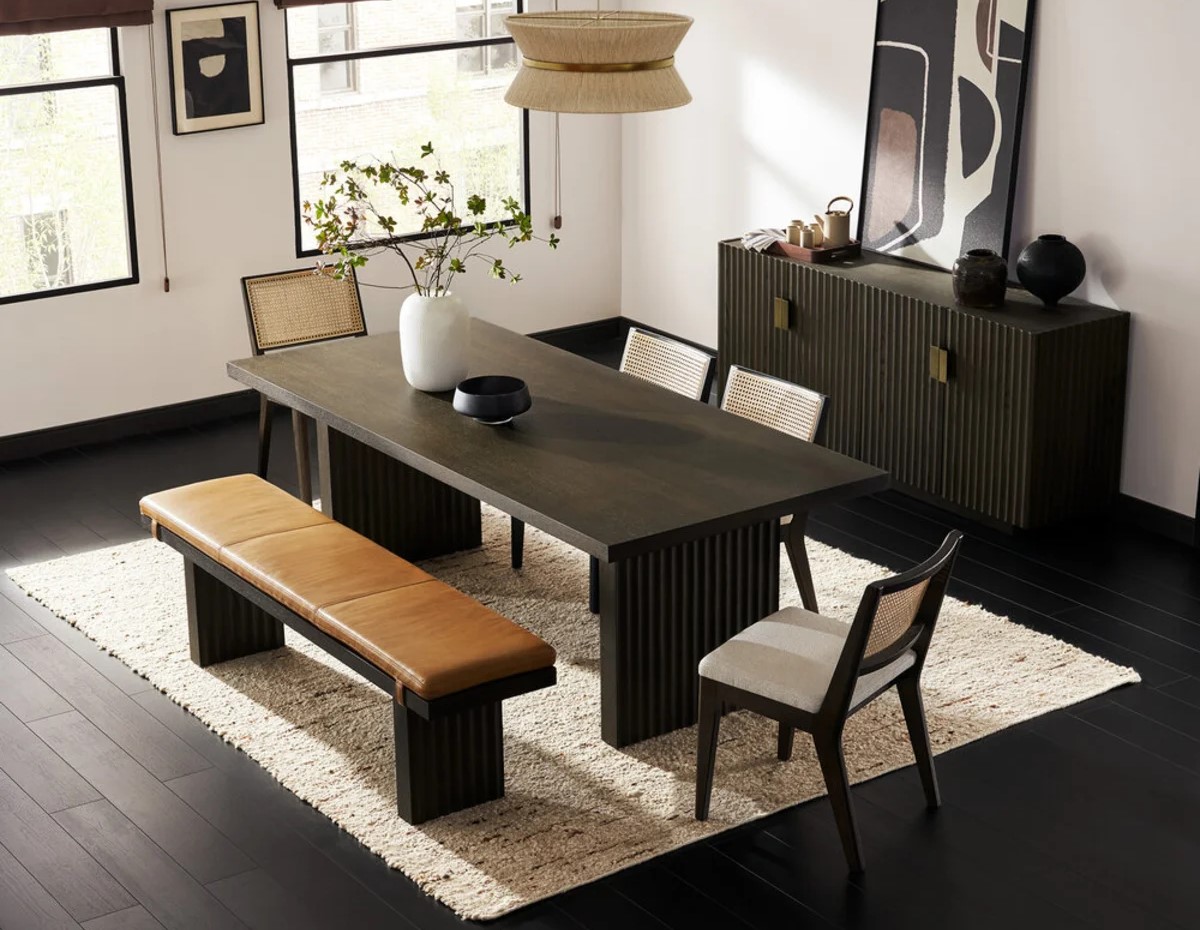

0 thoughts on “How Should I Set The Table Up Buffet Style?”